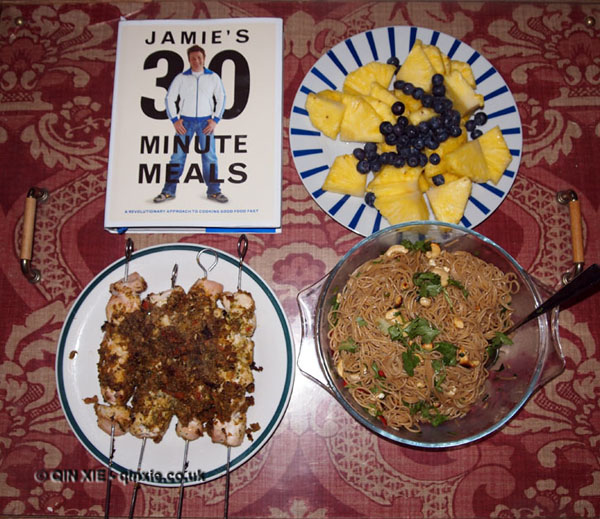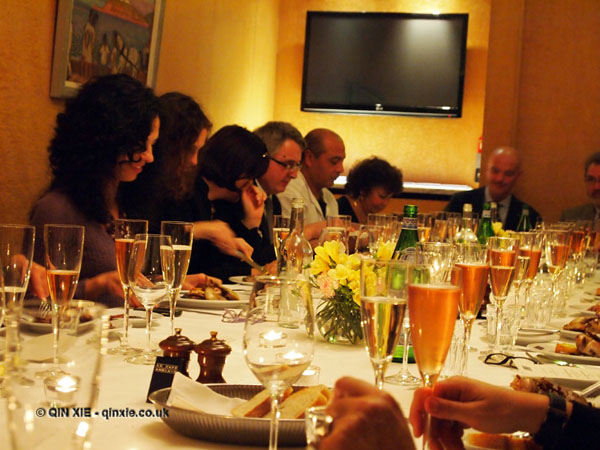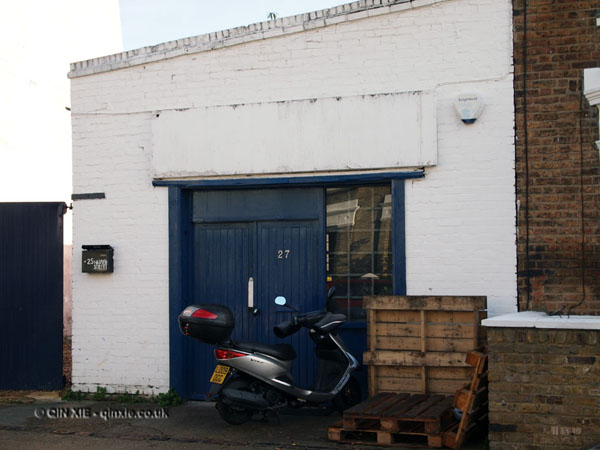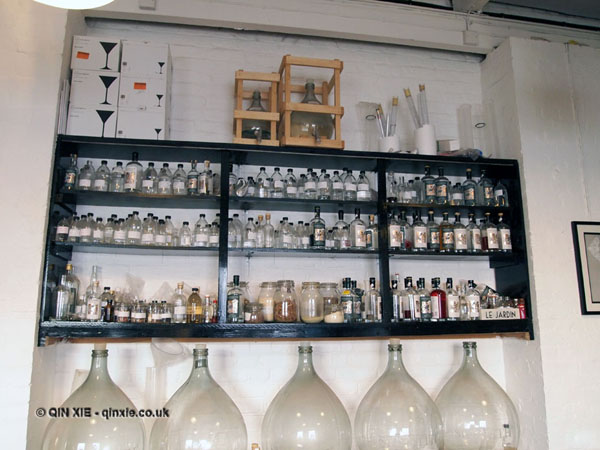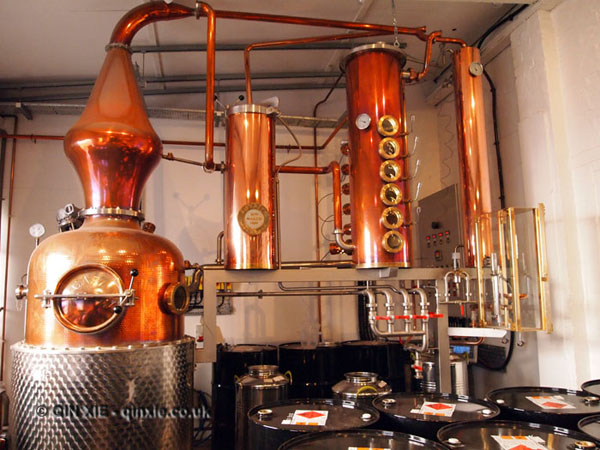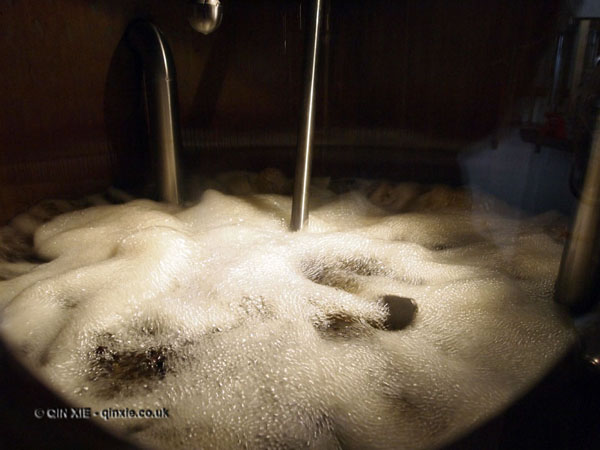Published on Foodepedia on 7th December 2010:
The Christmas season is definitely upon us with snow descending across the country and the opening of advent calendars. To ease us into the party season, Laurent-Perrier held a little class on the art of entertaining. I was there to enjoy a little champagne and take notes.
The class took place in the Madarin Bar of Mandarin Oriental, the home of Bar Boulud and the soon to open Dinner by Heston Blumenthal. Leading the class were David Hesketh MW, MD of Laurent-Perrier UK, and Lucia van der Post, journalist and author of “Things I wish my mother had told me”. The focus was of course champagne and in particular, the selection from Laurent-Perrier.
Laurent-Perrier can trace its history to 1812 when Alphonse Pierlot was trading as A. Pierlot & Cie in Tours-sur-Marne, Champagne, France. He was a cooper and bottler before turning his hand to making champagnes. When he died in 1881, the company was bestowed to his cellar master Eugene Laurent who ran the Champagne House with his wife Mathilde-Emilie Perrier. It wasn’t until 1887, when Laurent passed away and Perrier took over the running of the company, that the brand Veuve Laurent-Perrier & Cie was established. The brand has since gone from strength to strength before being acquired by the Nonancourt family in 1939.
Today, the House of Laurent-Perrier is the fourth largest champagne brand in the world and remains a family owned business with members of the Nonancourt family on its Management Board.
But back to the evening and learning about the art of entertaining. As the guests gathered at the bar, Laurent-Perrier Grand Siècle was served in classic champagne flutes and matched to savoury canapés. There was quite a selection, from wild mushroom risotto to roulade of Fois Gras, but the pan-fried scallops with parsnip purée and Alsace bacon and the smoked salmon with caviar on toasted Brioche were particularly excellent.
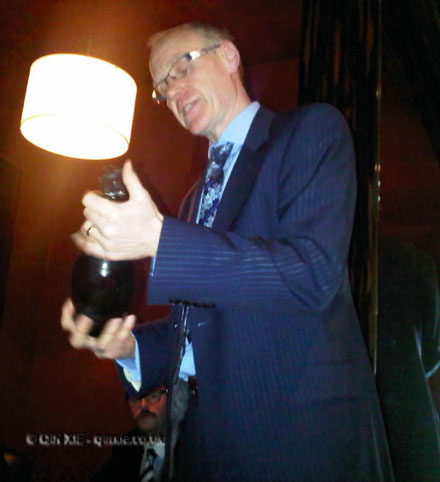 After a short while of mingling, the party retired to an alcove of the bar to enjoy more champagne and to learn more about selecting champagnes for different occasions from David Hesketh before being entertained by Lucia van der Post with anecdotes and suggestions on the finer points of hosting etiquette. After yet more champagne, the evening winds down with a selection of sweet canapés including a very moreish praline and raisin feuillîte.
After a short while of mingling, the party retired to an alcove of the bar to enjoy more champagne and to learn more about selecting champagnes for different occasions from David Hesketh before being entertained by Lucia van der Post with anecdotes and suggestions on the finer points of hosting etiquette. After yet more champagne, the evening winds down with a selection of sweet canapés including a very moreish praline and raisin feuillîte.
So here is what you need to know:
- To open a bottle of champagne, you should first release the cork from the foil and its wire cage, minimising the agitation to the bottle. Then hold the bottle at a slight incline, with the cork in one hand and the base of the bottle in the other, gently twist the bottle to ease the cork out. Ideally the sound should be a hiss rather than a pop as it means more bubbles are retained in the champagne itself.
- A champagne flute should always be used. The correct way to pour is to first fill to 1/3 of the glass before topping up to ¾ full. This allows the guests to appreciate the aroma from the champagne before enjoying the taste.
- For a bigger party, it’s usually best to select a non vintage. It goes well with most canapés and will facilitate ease of conversation, adding a sense of occasion without imposition. Hesketh suggests the Laurent-Perrier Brut NV or the Ultra Brut for those calorie conscious.
- For smaller parties of discerning guests, you want a vintage. There’s more depth of flavour and complexity of aroma – the sort of drink that you might enjoy and discuss. Hesketh suggests vintages from the 90s, in particular, 1996 and 2000 from Laurent-Perrier.
- For special occasion or Christmas lunch, you want something with real complexity. Heskeths suggests the multi-vintage Laurent-Perrier Grand Siècle – it even has its own special pewter holder.
- For those romantic occasions, there’s always a rosé. Hesketh suggests the Laurent-Perrier Cuvée Rose Brut.
Experience Laurent-Perrier Grand Siècle yourself at the Mandarin Bar, available by the glass at £35. It is also available with its specially designed holder from Harrods and Selfridges at £350rrp. A selection of Laurent-Perrier Champagnes is available across the country from Laithwaites.co.uk.
